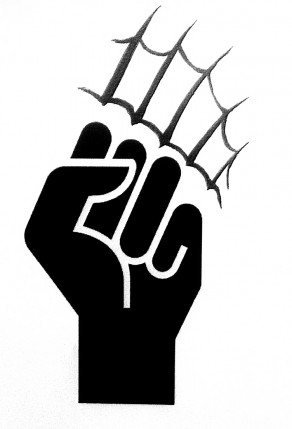I read a lot of angling literature both online and in print, and as a fairly recent starter to “proper” bass lure fishing, it always interests me at the amount of content on lures, tackle and to a certain extent technique – but surely these are the last pieces of the puzzle? I think any fishing journey needs to have a solid foundation – watercraft. I think that when first starting out as a lure angler for bass, homework must be done. It’s not about the rod, reel, or lures. It’s really not. Get out there, get some sturdy boots and a jacket, a tide table, and explore marks near to you. Check them out at low tide, and again at high. Note which way the current flows (the Navionics app is amazing for this). Draw little maps etc.….
But you may be thinking, “that’s great, but which marks am I checking out, where do I start?”
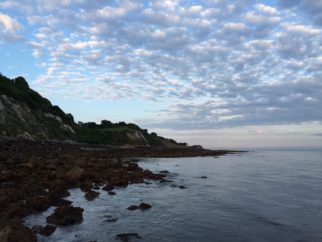
Firstly, let’s think about the bass itself – its greedy, a very capable hunter, preferring ambush where possible, will eat any available food source from fish to crabs, prawns to worms. So, let’s think about the likely areas that will hold food. Shallow weedy rocky areas, estuaries, piers or sea walls, surf, sandbanks and reefs. The food that the bass love, cover to hide from the bass! So, by doing your homework when the tide is out, maybe from higher vantage points, you will start to see areas of the seabed uncovered that will be a haven for small sea creatures and fish as the tide starts to race in. Bass are drawn to these food sources, and they tend to arrive like clockwork at certain stages of the tide, though this isn’t always the case.
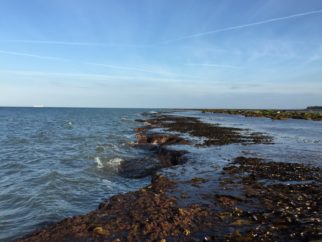
So now we know where the bass’ food items may live, we can start to map these areas out for fishing. Are there gullies that fill up first, or empty slower? Are there sand patches that look like little highways for bass to patrol? Is there a fierce tidal rip that will dislodge food at certain stages of the tide that we can use to swing a lure in? Areas where the surf breaks, surrounded by calmer water – denoting a feature underwater. Anything like this will give you a chance to locate predators. We now have in our minds a few things, we know that bass like to eat live food items, preferably fish or crabs, that in order to intercept these bass we must fish where the food sources are, and in order to do this with a reasonable chance of success, some homework should be done on the mark so that we can identify the areas likely to attract the silver beauties!
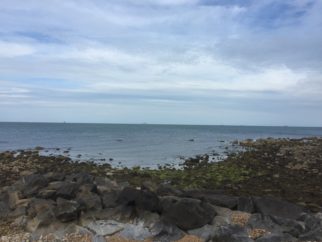
With all of this in mind we can now think about the type of lure we wish to present, will it be a surface lure as the water is shallow, the ground is rough etc. or are we going to bounce a shad type lure around on some sandy patches of ground in some fast current? Do we select a very shallow diving minnow style lure or sandeel imitation. Once we have an idea, we can select the right rod and reel for the job. This is (to me) good watercraft. Starting with the end in mind, building up a picture of what the layout of the seabed is, understanding the wild creature we are hoping to trick and then planning accordingly.
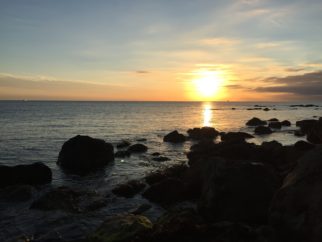
I hope this helps if you are wanting to bag some bars of silver for sport this season but aren’t sure where to begin, or if you have been having limited success “fishing blind” on your marks. Put the odds in your favour by getting the basics right first, it has worked for me and is always time well spent, even if time isn’t freely available!
Text and images © -Rhys Hunt
Want to be a featured angler or write something for us, Please CLICK HERE
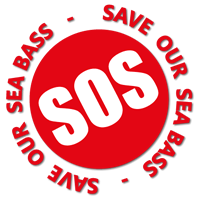
Please Click Here to Spend some quality time among likeminded anglers
